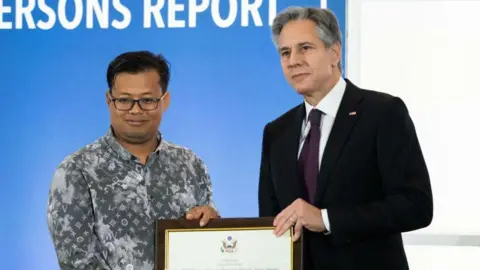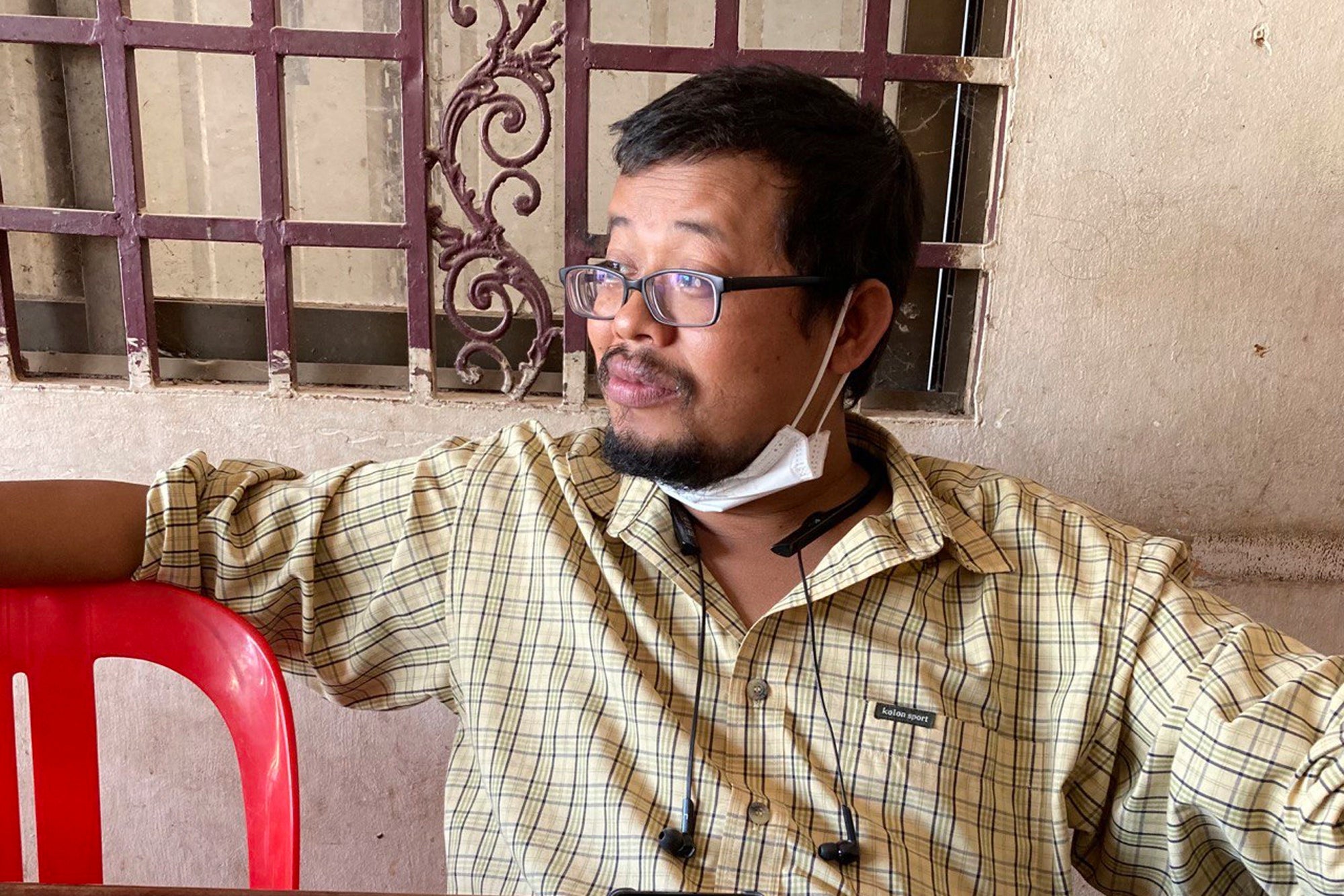The proposal to redevelop Jomo Kenyatta International Airport seeks to facilitate a tax holiday for the Indian conglomerate and increase costs.
The proposal submitted early this year by Indian conglomerate Adani Group to Kenya Airports Authority to develop and renovate parts of Jomo Kenyatta International Airport has recently been made public.
To facilitate informed public engagement with the proposal, as a project finance student, I thought it would be useful to provide an expert view on its key technical aspects.
Adani exploits a provision in Kenya’s Public Private Partnerships Act of 2021 that allows private companies to initiate project proposals and channel them to the government for consideration.
Briefly, Adani seeks to run Jomo Kenyatta International Airport via a 30-year build, operate and transfer arrangement. Under this arrangement, ownership of the airport remains with Kenya Airports Authority, known as the deal sponsor. The airport business is handled by Adani’s subsidiary, Airports Infrastructure Plc, called the special purpose vehicle.
Airports Infrastructure Plc, which was registered in Nairobi on August 31, 2024, is fully owned by the United Arab Emirates incorporated Global Airports Operator LLC.
Global Airports Operator is a subsidiary of Adani Airports Holdings Limited of India, which in turn is fully owned by Adani Group.
The proposal omits information on Adani Airports Holdings Limited’s extent of ownership of Global Airports Operator. This leaves room for speculation about Global Airports Operator’s beneficial owners.
The proposal shows that the project requires a cash outlay of $2.05 billion including capital expenditures, operating expenses and financing costs. This cost is spread over the project’s development period of about 25 years.
However, my examination identifies important flaws in the structure of the proposed deal.
The first flaw is that the Adani Group, the project operator, will have access to all of the airport’s cash flows. This should not be the case in a typical private public partnership deal like the one proposed.
In such deals, the project operator should only have access to cash flows generated by the new project – that is, the proposed new terminal building and runway and their associated infrastructure. It should not have access to cash flows from the existing assets and operations of the deal sponsor.
Secondly, the proposal shows that the proposed renovation of the existing terminal buildings will be financed from money generated from the airport’s existing operations. The renovations should therefore be undertaken by Kenyan Airports Authority and not included in Adani’s proposed deal. Including them in the deal would complicate cash flow separation and risk sharing.
To be sure, in instances where there are substantial risks associated with the new project’s capacity to generate cash flows, the project operator might require additional guarantees. In such cases, governments often provide guarantees limited to a small proportion of the required cash flows.
The third flaw is that Adani proposes that the government pay it for the developed assets when the partnership ends. This is wrong: the government must not buy assets that it already owns.
Return on investment
There are other provisions that require further scrutiny, as well.
The revenue sharing model proposes a fixed concession fee of US$47 million to the government in 2025. Thereafter, the government would receive a fixed fee plus a variable component calculated to ensure that Adani earns an 18% internal rate of return on its capital investment in the project. Internal rate of return is the average annual profit earned by a project in its lifetime.
For Adani to achieve this enviable outcome, the Kenyan Airports Authority would have to take a higher risk by accepting a concession fee that fluctuates with the project’s performance while Adani’s cash flows are predetermined by its desired profit.
This is neither fair nor equitable risk-sharing. As the project operator and major equity capital provider, Adani must take responsibility for the project’s performance by accepting greater fluctuation in its cash flows.
Affordability of services
Fees for aeronautical services (what airlines pay Adani for using the airport) for the first three years will be determined by the need for Adani’s 18% profit. This is problematic.
The internal rate of return is derived from cash inflows and outflows over the project’s lifetime.
Therefore, to determine user charges for an isolated period of the contract such that the internal rate of return remains fixed would push those fees to very high levels.
Indeed, Adani’s own calculations show that the proposed user charges would make the Jomo Kenyatta International Airport more expensive than the Bole International Airport in Addis Ababa. For some transport corridors, the Nairobi airport’s charges as a proportion of airfares are more than double Bole’s.
Passenger traffic
Adani’s project proposal is flawed when it comes to passenger traffic too.
First, the agreement assumes what it calls a “meteoric surge” in passenger numbers based on an assumed constant annual growth rate of 4.5%. This is too optimistic relative to the airport’s historical performance.
Second, Adani’s projections assume full capacity use over the 30-year period. Any financial modeller knows that full capacity is difficult to achieve.
Overall, because of the long period of projections and optimistic stance, Adani’s forecasting assumptions should be subjected to rigorous stress testing (sensitivity analysis). This has not been done.
Tax holidays
Carefully tucked away in the project’s feasibility report is an unheralded pitch to the government for a tax holiday if Adani wins the tender.
Adani argues that, if granted, a tax holiday would lower the charges to airlines. In my view, this is the proposed project’s deal breaker.
Kenyan policy does allow for tax holidays of various kinds to incentivise capital formation and investments in critical but unattractive sectors. It’s doubtful that the airport business fits this description and therefore merits such an incentive.
Further, the evidence shows that such tax incentives hardly offer meaningful economic growth benefits to African countries. More importantly, an analysis of the proposed tax holiday’s effect on cash flows should be provided to aid its assessment. Adani omits such an analysis.
The land question
A component of Adani’s strategy involves developing and operating facilities, such as offices and convention centres. This is subject to confirmation of land availability. Adani does not propose to buy the land. Rather, it appears that Kenya Airports Authority would have to provide the land.
This begs several clarifications.
If the Kenya Airports Authority owns the land, the opportunity cost of the land utilisation by Adani needs to be incorporated in the cost-benefit analysis.
If the Kenya Airports Authority has to buy the land, the question becomes that of the source of the purchase money and whether land acquisition would be the best use of that money by an authority seeking to outsource tasks, such as renovations, due to cash flow constraints.
Final thoughts
The Public Private Partnerships Act requires a justification when an open tender approach is not used for a proposed project. That this has not been done is worrying, given that the consultant hired by the government to advise on this transaction recommended open tendering.
Adani’s argued benefits of its privately initiated proposal – quicker turnaround time, customisation, and risk mitigation – are not convincing. Such benefits are better realised through an open tender, which provides additional benefits such as competitive pricing and transparency.
Adani labelled its proposal “private and confidential”. It is reasonable to expect that it signed a non-disclosure agreement with Kenya Airports Authority to protect its submission from leaking to potential competitors. The proposal has now been released and its content is open knowledge.
If the government were to stop processing Adani’s proposal and open the tender to all interested investors, Adani might seek legal redress since its competitors would easily design their bids to beat its own. Any unbiased court will find that the “breach of confidentiality” violates Adani’s rights.
Adani will win the suit.
One way or the other, circumstances now make Adani the winner and Kenyans the loser in this fiasco.
Odongo Kodongo is Associate professor, Finance, University of the Witwatersrand.
This article was first published on The Conversation.
Also read:
Modi leads, Adani follows: Is India’s diplomacy in lockstep with a private group’s global expansion?












